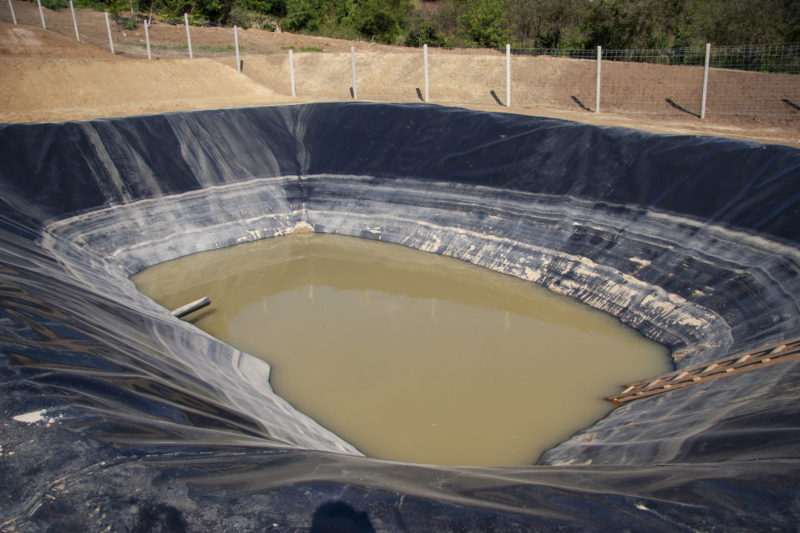New EPA Standards for the Meat and Poultry Product Industry
By Wade Stafford, Executive Vice President, Wastewater Services
The Environmental Protection Agency (EPA) has announced its intent to publish updated pollution control standards for the Meat and Poultry Product (MPP) industry. There are 7,000 registered meat and poultry production facilities across the continental United States [1]. Currently, the most updated pollution standards for this industry are from 2004. The current standards address wastewater directly leaving MPP facilities and are dependent on the amount of the product output. MPP facilities range from 10 employees to 500, and therefore have varying levels of pretreatment. Some facilities operate full wastewater treatment plants, but most discharge wastewater to local, publicly owned treatment plants [2]. The EPA’s main concern is the wastewater released from these facilities as it is likely to contain nitrogen, phosphorus and other nutrients which are carried downstream putting additional strain on public treatment plants.
In September 2021, the EPA conducted a preliminary study regarding the current regulations for wastewater leaving these facilities based on publicly available data and concluded updates were necessary. During the study, the EPA found affordable technologies that can appropriately reduce the excessive nutrients in wastewater. The technology has already been implemented in multiple MPP facilities across the United States [3].
A proposal of the standards is due before the end of 2023 and will be finalized by 2025 for official release. The goal of these updated standards is to reduce nutrient discharges in wastewater leaving these facilities. While the chemicals leaving the facilities can be beneficial for aquatic life by increasing plant growth, providing food and habitats, too much of the chemicals can lead to excessive plants and algal blooms which limit sunlight and oxygen inside the water [4].
For the EPA to release appropriate standards, they must first collect accurate data from the facilities. This information will be collected through a series of surveys [5]. Each MPP facility is required to submit a brief survey of the type and size of facility they operate and basic characteristics of the wastewater cycle inside their facility. This cycle includes how wastewater is generated, treated and eventually discharged. An additional, more comprehensive survey will be distributed to a smaller selection of these facilities. The EPA intends to collect and analyze samples of the wastewater to understand the current operations of the industry on average in order to properly release new standards [1]. The EPA will conduct an engineering analysis to assess potential cost to the MPP facilities of requiring internal pretreatment [6].
As federal regulations evolve, it can be difficult to stay compliant. AQUALIS, the leading sustainable water compliance service provider, understands how to navigate federally mandated regulations, consent decrees, surveys and information collection. These new federal regulations may not apply to every facility, request a consultation today to learn how the new standards may affect your facility.
References
[1] Regulations.gov. (2021, November 19). https://www.regulations.gov/document/EPA-HQ-OW-2021-0736-0001
[2] The National Provisioner. (n.d.). https://www.provisioneronline.com/articles/111742-epa-to-review-and-revise-wastewater-discharge-limits-for-the-meat-and-poultry-industries
[3] EPA Seeks Input From the Slaughterhouse to Reduce Nutrients in Discharged Wastewater. (2023, January 20). JD Supra. https://www.jdsupra.com/legalnews/epa-seeks-input-from-the-slaughterhouse-9050541/
[4] The Issue | US EPA. (2022, August 11). US EPA. https://www.epa.gov/nutrientpollution/issue
[5] EPA Meat and Poultry Products Questionnaire. (2022, July). Meat and Poultry Products- Census Questionnaire. https://www.epa.gov/system/files/documents/2022-09/mpp%20census%20questionnare_july%202022.pdf
[6] U.S. Poultry & Egg Association, & Bredwell, P. B. (2023, April 5). Guidelines for poultry wastewater treatment facilities. Poultry Times. Retrieved June 8, 2023, from https://www.poultrytimes.com/poultry_today/article_7d9ce3b2-d328-11ed-a79d-8757e038f9cd.html
